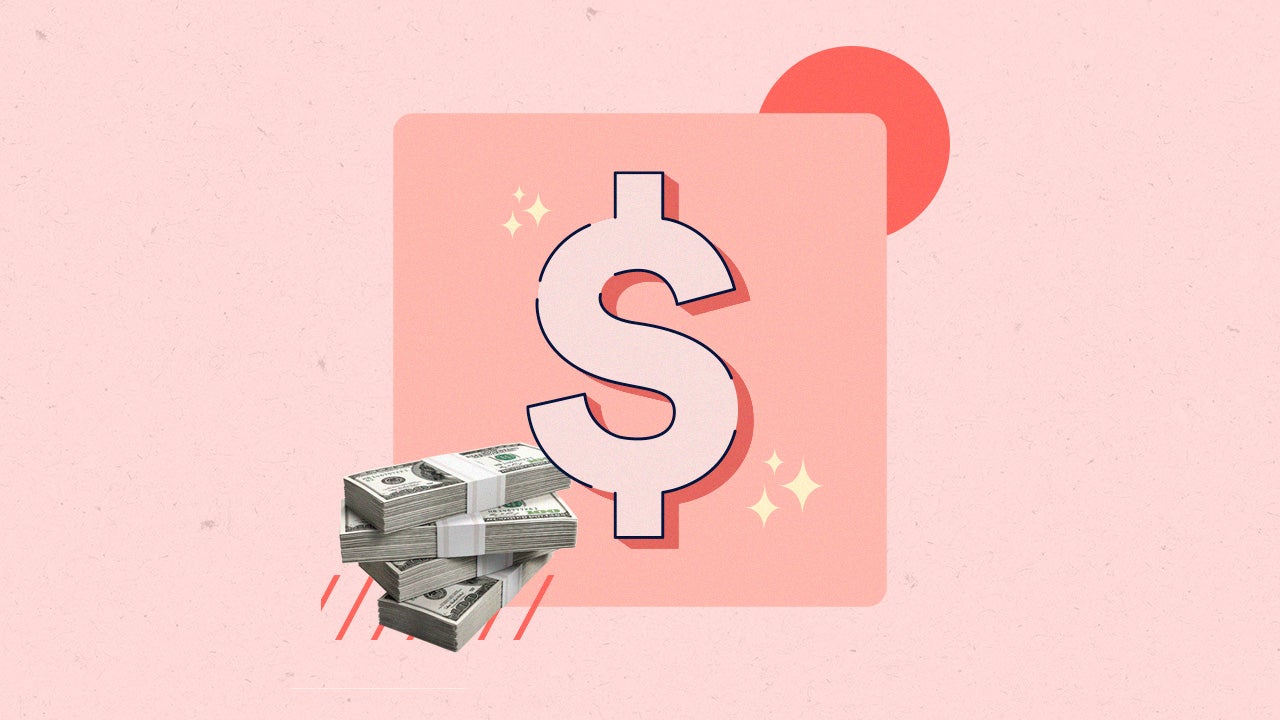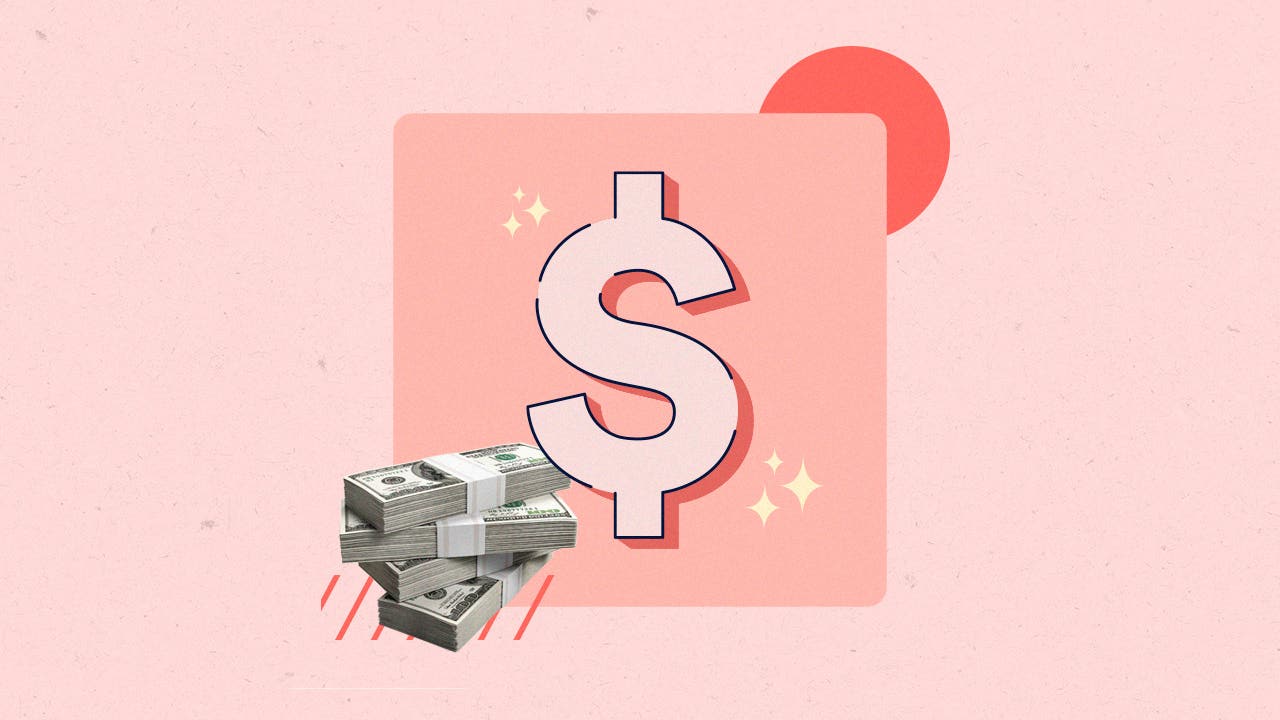Top 10 myths about paying off debt



For many people living in the United States, debt is a part of life. Student loans, mortgages, automobile payments, medical debt, personal loans and credit card debt are just a few of the kinds of balances the average person might be carrying with them.
While debt is common, there are still many myths and misconceptions about debt and debt repayment. These myths can impact how you take on debt, how you pay off debt and even the options you might consider when it comes to debt relief.
Knowing the facts from the myths can help you be responsible about taking on debt and paying it off, while taking away some of the mystery of the world of debt.
Myth 1: All debt is bad debt
While debt may seem like a scary thing, and a monthly debt payment with interest may seem like a waste of money, not all debt is bad.
Borrowing money can allow you to invest in a future that you otherwise wouldn’t without a loan. For example, if you’re trying to start a business, you’ll need seed money in order to buy equipment, hire workers and rent out space — all of which will, if the business is successful, allow you to profit, pay off your initial loan and expand your company.
Student loans are another example of using borrowed money to invest in your future. Going to college can be expensive, but those with a college degree earn 68 percent more than those with a high school diploma.
These are just two examples of debt that can help you build a more secure financial future. By using debt purposefully with a clear idea of how to pay it off and as a pathway to increase your income, you can take on “good” debt that will help you in the future.
Myth 2: I have to keep a balance to have a good credit score
You may have heard that you need to keep a balance on your credit card or on your debt in order to maintain your credit score, and that paying off your debt will cause a dip in your credit rating.
This isn’t true. Your credit score is determined by a variety of factors, the first being that you make payments on your balance regularly and on time.
The next-largest factor is your credit utilization — how much you’re borrowing each month. If you have a high amount of debt, your credit utilization ratio will lower your overall credit score. Carrying a balance from month to month when you don’t need to will not only charge you interest, but could make your credit score worse.
Myth 3: Making only the minimum payment is the best way to pay off debt
When you start paying off your debt, your lender will require a minimum payment on your balance each month in order to avoid late fees or negative marks on your credit score. This can be a baseline amount (such as $35) or a percentage of the balance you owe.
While the monthly minimum payment may seem affordable in the short run, it can cost you in the long term. Your minimum monthly payment may not be able to outpace the interest on your balance, leaving you in a perpetual cycle of payments to a loan you may never be able to get rid of.
Even if your minimum monthly payments will eventually pay off your balance, you can save interest and pay off your debt faster if you make larger payments toward your loan.
For example: Let’s say you have $2,000 in credit card debt with an 18 percent APY, and a minimum payment of $50.
If you make only the minimum payment of $50 each month, you’ll pay off your $2,000 over the course of 162 months (13 and a half years) and end up paying an additional $2,423.19 in interest.
A payment of $100 each month, however, will clear the loan in only 62 months (five years) and rack up only $1,077.25 in interest – double the payment with half the time and price.
If you have multiple loans, you don’t have to make the maximum payment on every balance — instead, using the snowball or avalanche methods can help you pay off your loans more quickly by maximizing your payments in a way that eliminates your largest or highest-interest debts.
Myth 4: Debt consolidation will always lower my payments and interest
If you have multiple debts, you may have heard of debt consolidation. Debt consolidation is when a borrower takes out a single loan equal to the balance of their collective loans, pays off their debts with the money from the loan and then makes a single payment on the consolidation loan.
Debt consolidation can be useful for simplifying payments on multiple debts since only one monthly payment needs to be made.
While you may have heard that a consolidation loan can save you on interest and lower your monthly payment, this isn’t always the case. If your consolidation loan’s interest rate is higher than the collective interest on your loans, you may end up paying more in interest over time.
In addition, consolidation loans can come with fees for origination and underwriting, which can either cost you up front or end up being rolled into the balance.
While debt consolidation can be an option for lowering and simplifying your monthly payments, be sure to do your research first.
Myth 5: I’m in debt because I’m bad with money
If you’re in debt, you might feel guilt over your balance. A 2021 survey found that those with credit card debt would rather discuss their weight, religious views and politics than the amount of debt they were in.
Debt can happen to anyone for any reason.
With the average three-day hospital stay costing $30,000, it’s no wonder that one in 10 people in the U.S. carry some sort of medical debt, with one in six paying for their medical bills with personal loans.
Car troubles can put you in credit card debt to cover an expensive repair, especially if it goes beyond your emergency fund. If you need a car to get you to your job, an auto loan is often necessary to cover the costs of even a used car. Other emergencies — such as a lost job — may mean you have to put rent, groceries or other expenses on your credit card.
The bottom line: Debt can happen to even the most financially responsible individuals.
Myth 6: Being in debt means I can’t have any fun
While being in debt payoff mode means that you will have to stick to a budget in order to make your payments, it doesn’t mean you have to completely cut out fun.
Dedicating every spare penny to paying off your debt — whether it’s by giving up on going out with your friends or by only buying the bare minimum for groceries — isn’t a sustainable way to pay off your debt, and probably isn’t good for your mental health.
Instead, build your budget so you have room for your debt repayment and can set aside money for fun activities, allowing you to pay off your debt sustainably and still enjoy life.
Myth 7: Making the maximum debt payment takes priority over everything else
While making the maximum payment possible for your debt can help you pay it off faster, be sure you’re not neglecting your other financial goals.
For example, if you’re putting off building your emergency fund in favor of making maximum debt payments, you might be hurting yourself in the long run. If you’re hit with an unexpected expense like a medical emergency and have no way to cover it, you might end up missing a debt payment or going into further debt.
Pulling money out of your 401(k) or skimping on your retirement fund contributions isn’t a great idea either. The $100 per month you don’t add to your retirement account now can translate to thousands of dollars in lost potential funds later down the line.
While paying off debt is important, balance your other financial priorities so that you can secure your future retirement and have a safety net in place.
Myth 8: Being in debt means I have to give up my coffee run
You’ve probably heard it again and again: if you’re paying off debt, you’re best off breaking up with the local cafe.
This isn’t always the case. Paying off debt doesn’t mean you have to give up what makes you happy. If your Saturday coffee run is something you look forward to after a long week of work, prioritize your “nice-to-haves” and see if you can make room in your budget for it, instead of trying to cut out everything that might seem unnecessary.
By planning ahead of time and accounting for how much you’ll spend on your monthly pick-me-ups, you can be assured that you’ll have enough to make your debt payment and to spend on what you love.
These small treats can go a long way.
Myth 9: All debt relief programs are a scam
You might have heard about debt relief companies which can help settle your debt with your creditors for a lower balance, reduce your payments and help you pay off your debt faster.
While this might seem too good to be true, there are legitimate debt relief companies who can help you get back on track. National Debt Relief (NDR), for example, negotiates with creditors on behalf of its clients to settle down outstanding unsecured debt, like credit card, medical and some student loans, reducing the amount their clients have to pay off in the end. Also, NDR doesn’t require any upfront payment for its initial consultation with an accredited counselor.
If you’re considering working with a debt relief company, it’s important to know how to tell which ones are legitimate and which are scams.
A legitimate debt relief program will:
- Be clear and transparent about the fees you’ll pay, the impact to your credit score and the overall process in how your debt is relieved.
- Have accredited counselors who can work one-on-one with you and offer options based on your unique situation.
- Have accreditation through third parties such as the Better Business Bureau, the National Foundation for Credit Counseling or the International Association of Professional Debt Arbitrators.
- Offer holistic education and services around debt and financial management.
- Offer additional resources around financial literacy, debt repayment and budgeting.
A debt relief company may be a scam if they exhibit red flags such as:
- Demanding payment upfront before any services are rendered.
- Promises that seem too good to be true, such as instant debt relief.
- High-pressure tactics that threaten your bank account, security or credit score if you don’t use the company.
- Use of suspicious or unusual payment methods such as cryptocurrency, mailed money, wire transfers or gift card codes.
- Cold calls throughout the day that pressure you into signing up.
- A lack of transparency around the debt relief process, fees and other important details.
With this in mind, you can find a legitimate debt relief company that can help you reduce your balance, reduce your payments and pay off your debt faster.
Myth 10: It’s impossible to get out of debt
If you’re struggling to pay off your debt – no matter what the size of your balance is – you might feel like you’ll be paying off your debt forever. This can take a serious toll on your mental health, and leave you feeling hopeless for your financial future.
This doesn’t have to be the case. It’s possible to eliminate unwanted debt in your lifetime, both by paying it off and by finding help. Debt management plans, debt consolidation and debt relief programs like NDR are just a few of the ways you can build a path to a debt-free life.
What next?
Separating the myths from the facts isn’t always easy, but it’s worth knowing the truth when it comes to paying off debt. By arming yourself with knowledge, you can make informed decisions about how you navigate your repayment journey, and find the options that are best for you.
If you want to learn more about managing your finances, mental health and debt repayment plan, check out Bankrate and National Debt Relief’s ongoing article series about all things debt. Watch this space for tips, tricks and exclusive stories from readers like you and their debt repayment journeys.




